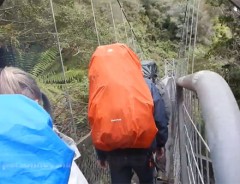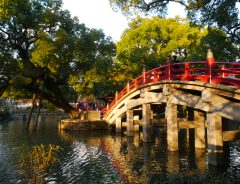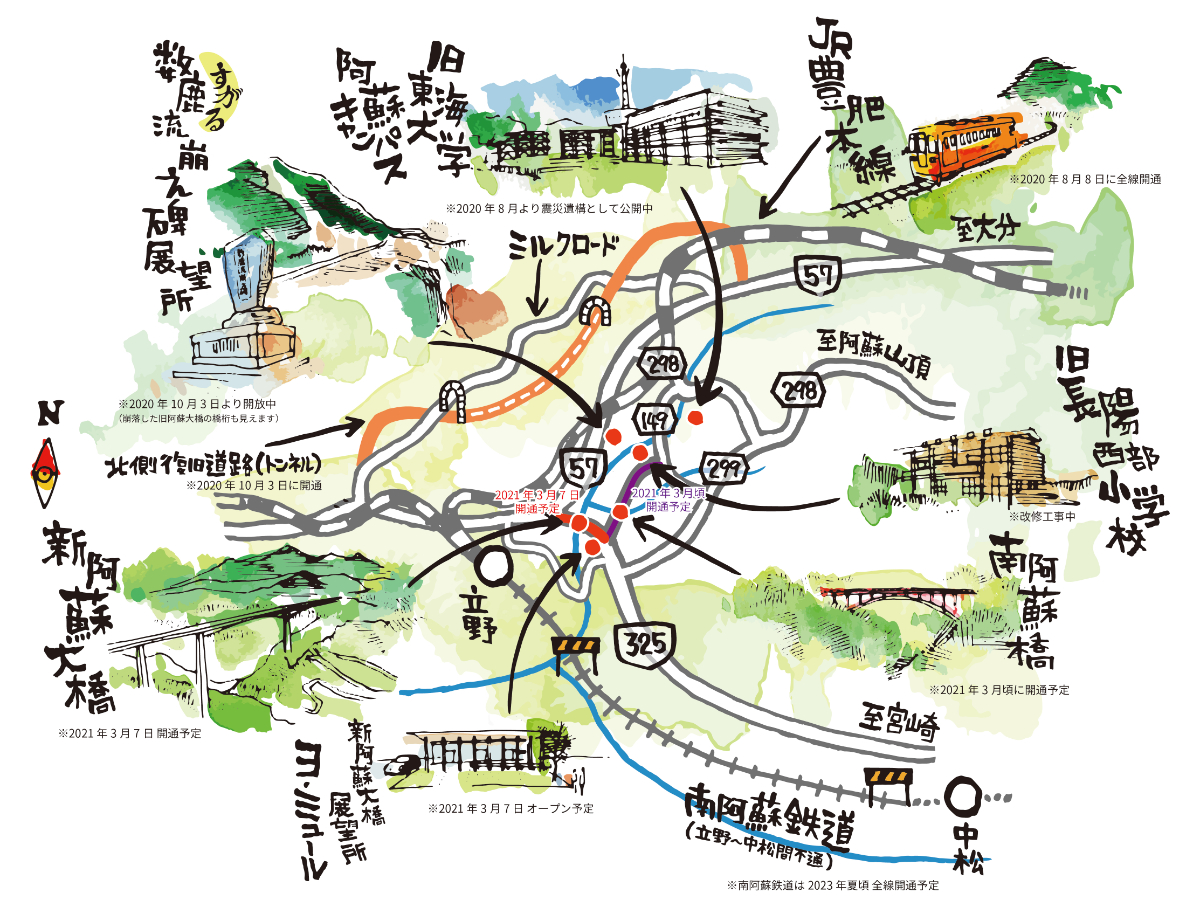Related Article
-

New Starbucks Japan Branch to Open Inside Kyushu Important Cultural Property
-

These Tourists Were Crossing The Bridge, Then The Bridge Fails…
-

Local Idol Unit SAGEMON GIRLS Release Sequel to Their 10-Million-View Hit Video Promoting Hometown Yanagawa, Fukuoka Prefecture
-

Dazaifu Tenmangu: A shrine dedicated to education
-

Japan Announces Mickey Mouse Shinkansen Bullet Train For Summer Vacation
-

Renovated deluxe sleeper train “Seven Stars in Kyushu” begins taking bookings for 2022 – 2023



Not too long ago, during April of 2016, the southern Japan island of Kyushu was hit by a series of strong tremors, which collectively have become known as the Kumamoto Earthquakes.
The first of the tremors occured on the evening of 14 April with a magnitude of 6.2, and was followed 2 days later by the main shock which was recorded with a magnitude of 7.0. The second shock was so strong, that it was even felt as far away as in South Korea’s Busan.
The two earthquakes were followed by numerous landslides and intense widespread fires, wreaking havoc and causing damage mostly to the areas encompassing Kumamoto and Oita. The whole of Kumamoto city was left without water, an empty train on the Kyushu Shinkansen line was derailed and highways throughout the region were closed.
The earthquakes also led to the deaths of at least 50 people, injured more than 3,000 and the complete evacuation of over 180,000 people.
Even five years on, the effects of the catastrophe can still be seen and felt in some parts of the region, with some venues (such as Kumamoto Castle and Aso Shrine), roads and train lines remaining closed due to the damage from the earthquakes.
The Great Aso Bridge, which was a gateway to the area of Aso, collapsed into the Kurokawa river due to a landslide. However, after 5 years of hard work, it’s replacement will finally reopen on Sunday 7 March 2021, and will restore all highways in the Aso area of Kyushu.
The Shin-Aso Bridge Revitalization Organisation has decided to release the ‘Shin-Aso Bridge Area Reconstruction Map’ to mark the announcement of the reopening and the approaching five years anniversary of the devastating event.
Aside from the opening of the Shin-Aso Bridge which will take place on 7 March 2021, the map also reveals the reconstructions and restorations that have, and are, continuing to take place in the area surrounding the bridge;
Shin-Aso Bridge Observatory ‘Yo-Mule’
Opening Date: 7 March 2021
Opening up at the eastern foot of the Shin-Aso Bridge, this observatory will boast a fantastic view of the Tateno Gorge.
JR Hōhi Main Line
Opened on: 8 August 2020
An important railway line in Kyushu, the JR Hōhi Main Line connects Kumamoto and Oita. Following the earthquake, the section between Higo Ozu and Aso was closed due to damage. The line has been fully restored since 8 August 2020.
Tateno Canyon Road (National Route 57 Double Pass Tunnel)
Opened on: 3 October 2020
A new motorway that connects Ozu Town and Aso City in just 10 minutes.
Sugaruga Falls Observatory
Opened on: 3 October 2020
This particular point is where the largest landslide occurred due to the Kumamoto Earthquakes. The Observatory opened after stabilization work to Tateno Canyon Road was completed on 3 October 2020.
From the Observatory, you can see the remains of the former Aso Bridge’s girders as well as the new Shin-Aso Bridge.
Minami Aso Bridge
Opening Date: Around March 2021
This red arch bridge located on Prefectural Road 325 in the southern part of Aso can be seen from Shin-Aso Bridge.
Minami Aso Railway
Opening Date: Scheduled around Summer 2023
A popular railway for viewing arch bridges and classic mountain trolleys that cross the Tateno Gorge.
Currently the Minami Aso Railway is only operating between Nakamatsu and Takamori, but the entire line is expected to open during the summer of 2023.
In addition to the reconstruction and restoration map, the Shin-Aso Bridge Revitalization Organisation is hosting an online quiz about the Shin-Aso Bridge.
The first 500 people who answer 10 questions correctly will receive a Karuta card game collection, which highlights travelling etiquette and local dialect phrases you can expect to hear in the Kumamoto region. The organisation has even developed a youtube channel playlist for people who are unfamiliar with the Kumamoto dialect.
Click here to take part in the online quiz for the chance to win your very own Karuta game collection. Participation deadline: 21 February 2021.